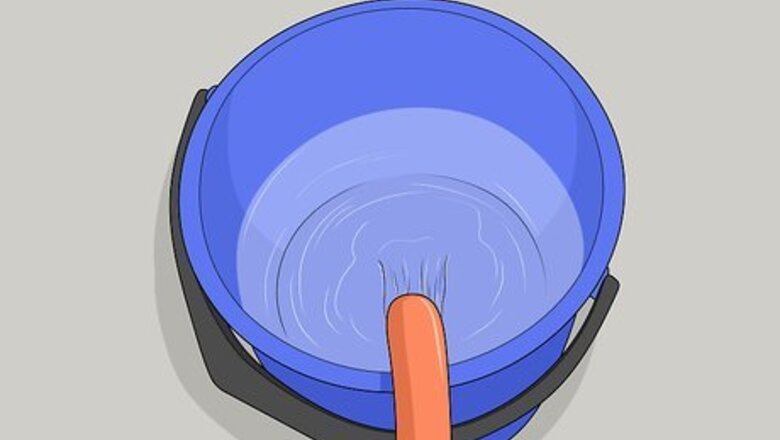
views
Treating the Infestation
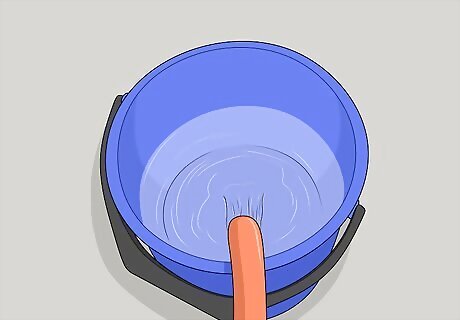
Fill a bucket with water. Place the bucket near the horse, but avoid putting it near the hind legs, where the horse is likely to kick it over.
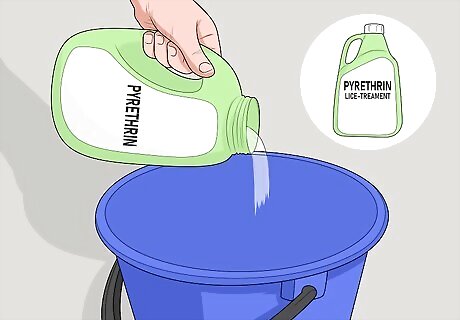
Mix lice shampoo with the water. Mix a veterinarian-recommended lice-treatment shampoo, such as pyrethrin, with the water in the bucket. Pour the water and shampoo into a large spray bottle. Make sure the lice shampoo is formulated specifically for horses. Lice treatments for cattle or sheep may cause skin irritation and hair loss.
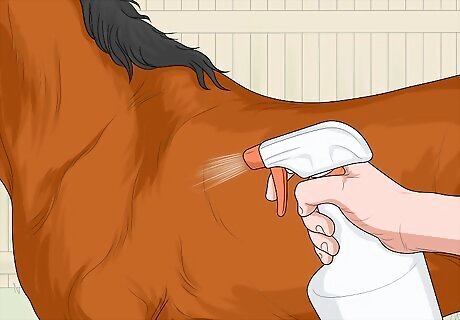
Spray the horse. Spray the pyrethrin mixture all over the horse's body, being careful to avoid the eyes, ears, and nose. Although lice are found primarily in horses' manes, tails, fetlocks and along their backs, the lice may also be hiding anywhere within the coat. Therefore, it is important to treat the horse's entire body, even if it's just a light infestation.
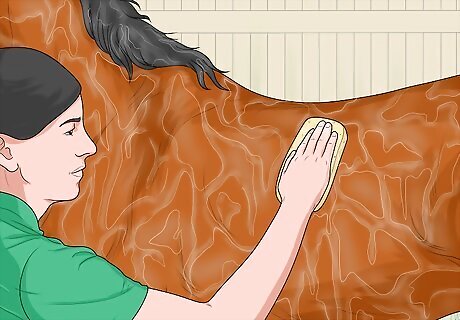
Rinse the horse. Thoroughly wash off the horse to remove the pyrethrin mixture, using a sponge or rags soaked in clean water. If the weather is cool, use warm water. If the weather is warm, the horse can be washed off with a garden hose.
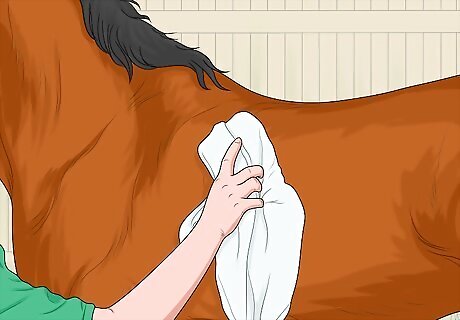
Dry the horse well with clean towels. Also be sure to use a brush or comb to untangle the hair on the horse's mane, tail, forelocks and fetlocks to remove any lice or nits (lice eggs) that may be caught in them.
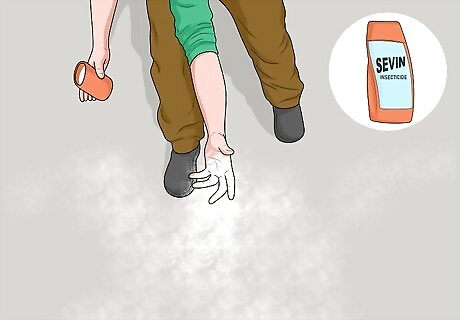
Sprinkle insecticide on the floor. Sprinkle a light coating of non-toxic Sevin dust on the floor of the horse's stable. This will kill off any remaining lice, thus preventing them from finding a new host.
Preventing Reinfestation
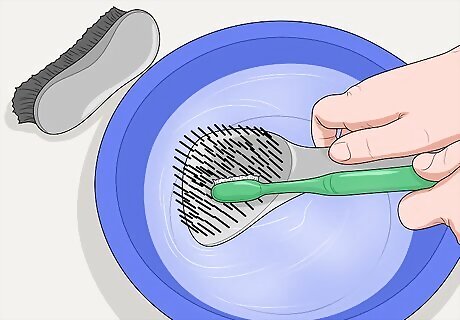
Clean all of the horse's grooming tools. Use the pyrethrin mixture to thoroughly wash all of the horse's grooming tools, making sure to rinse them well afterwards. This will prevent the horse from being re-infested during grooming.
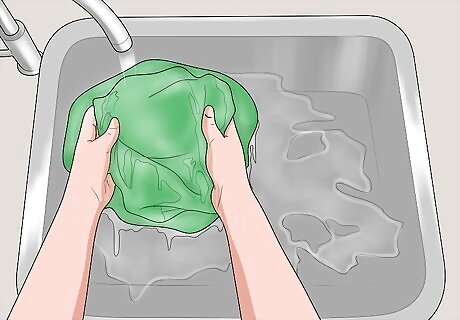
Wash all blankets. Wash any blankets or rugs that have been used by the horse or that are located in any areas the horse has come in contact with.
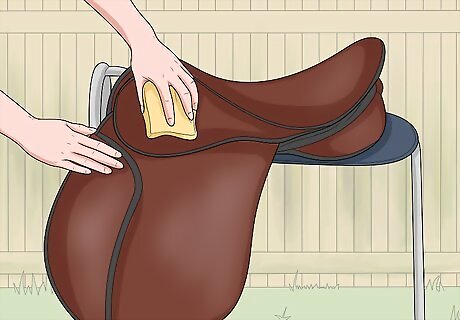
Clean the horse's saddle. Rub down the infested horse's saddle and harness using a leather cleaner or other appropriate cleaning product.
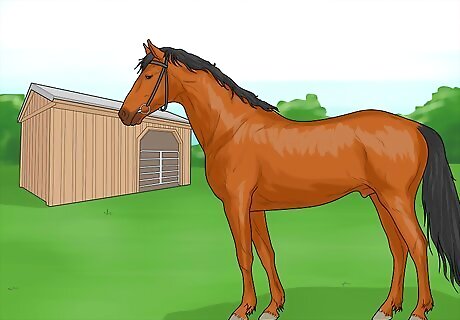
Keep horses out of arenas or paddocks where the infested horse has been. Lice may still be present on trees or rails that the infested horse rubbed up against while scratching. Luckily, equine lice can only survive without a host for several days at most, so the paddock can be used again within about 10 days.
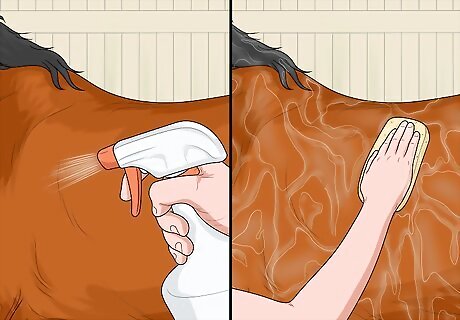
Do a second lice treatment. Since lice treatments do not destroy the eggs, a follow-up treatment is usually recommended about two weeks after the initial treatment, in order to kill any lice that may have hatched in the interim.

















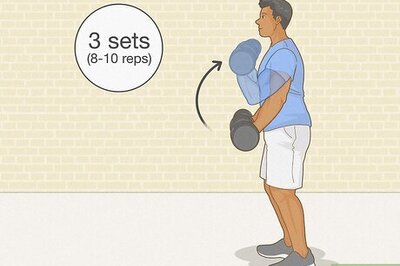

Comments
0 comment